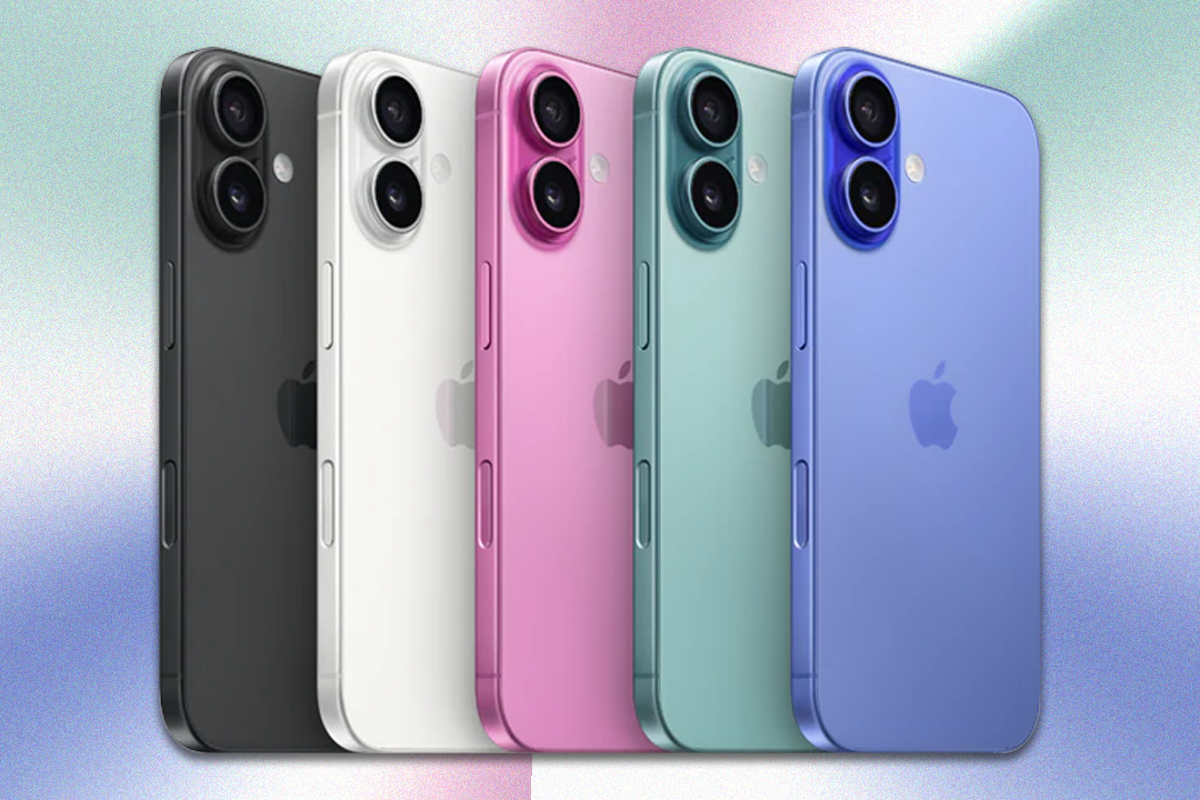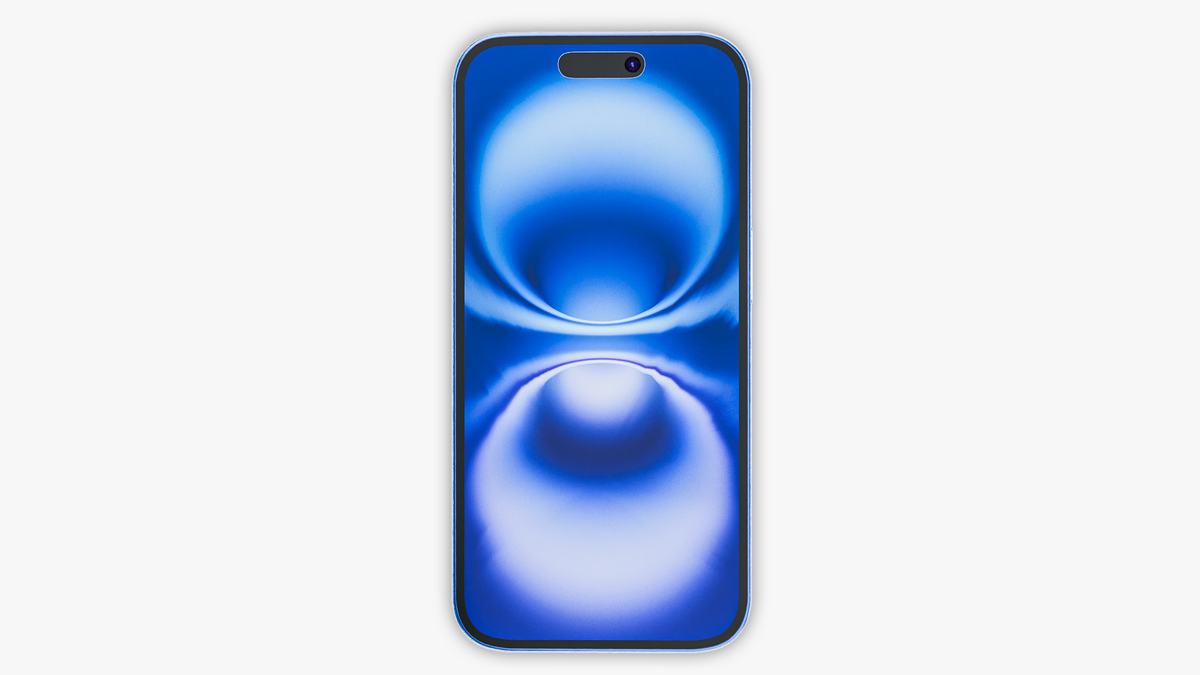
The landscape of mobile gaming is perpetually shifting, demanding ever-increasing processing power and graphical fidelity from our pocket-sized devices. Every new generation of iPhone brings with it the promise of groundbreaking performance, and with the iPhone 16, Apple has delivered on that promise, particularly in the realm of gaming. At the heart of this leap forward lies the new A18 chip, and more specifically, its integrated A18 GPU.
This isn’t merely an incremental upgrade; it represents a significant architectural evolution designed to redefine what’s possible in mobile gaming. Apple has strategically focused on raw power, advanced rendering techniques, and a meticulously optimized ecosystem to ensure that the iPhone 16 isn’t just a phone that can play games, but a formidable mobile gaming platform in its own right. From high-fidelity graphics to complex simulations, the A18 GPU is engineered to handle the most demanding titles with grace and efficiency.
As we delve into the specifics, we’ll unpack the intricate details of the A18 GPU, examining its core specifications, comparing its benchmark triumphs against its predecessors, and dissecting what these numbers truly mean for the end-user – the mobile gamer. Prepare to discover the technical prowess that makes the iPhone 16 a compelling choice for anyone serious about portable interactive entertainment.

1. **The A18 GPU: Core Specifications and Next-Gen Features**At the technological core of the iPhone 16 and 16 Plus models, set to debut in 2024, is the Apple A18 SoC, housing the integrated Apple A18 GPU. This graphics card is a testament to Apple’s relentless pursuit of mobile performance, integrating five powerful cores designed to handle complex graphical workloads with enhanced efficiency. The move to a five-core configuration signals a strategic balance between raw processing power and thermal management, critical for sustained high performance in a mobile form factor.
Beyond just core count, the A18 GPU introduces crucial next-generation features that directly benefit modern gaming and advanced graphical applications. It boasts hardware ray tracing support, a game-changer for realistic lighting, reflections, and shadows, previously a staple of high-end desktop GPUs. This integration means that developers can now render more immersive and visually stunning worlds directly on an iPhone, bringing a new level of fidelity to mobile experiences.
Furthermore, the A18 GPU also includes mesh shading support, another advanced rendering technique that optimizes geometry processing. Mesh shading allows for more detailed and complex scenes to be rendered with greater efficiency, reducing the computational load while increasing visual richness. This combination of hardware ray tracing and mesh support positions the A18 GPU as a leader in mobile graphics technology, laying the groundwork for visually breathtaking games and applications.
It’s worth noting the distinction from its sibling, the A18 Pro GPU. While both are powerful, the standard A18 GPU, as featured in the iPhone 16 and 16 Plus, does not offer the improved display engines and video processors found in the A18 Pro. This differentiation suggests a strategic segmentation by Apple, with the Pro variant likely catering to even more specialized media and professional workflows, though the standard A18 remains an exceptionally capable graphics powerhouse for gaming.

2. **Performance Leap: A18 GPU vs. A16 and A17 Pro**Apple has not been shy about the performance gains of the A18 GPU, officially stating that it is “up to 40% faster than the A16 GPU in the iPhone 15.” This significant generational leap translates directly into a more fluid and responsive gaming experience. Such a substantial increase means that games can run at higher frame rates, support more demanding graphical settings, and offer a generally smoother, more visually impressive presentation than ever before on a mainstream iPhone.
In our independent benchmarks, the A18 GPU consistently carves out a powerful position for itself. It is comfortably situated between the older A16 GPU and the more advanced A17 Pro GPU, which notably features a six-core configuration. This placement is particularly impressive, as it indicates that the five-core A18 GPU is punching well above its weight, delivering performance remarkably close to or even surpassing some aspects of the previous generation’s ‘Pro’ chip, despite having one less core.
Compared to older iPhones, such as the iPhone 14 or 15, the iPhone 16’s GPU is about 20% faster. This translates into tangible improvements for mobile gamers. You’ll observe less stuttering during graphically intense moments, quicker rendering of complex visual effects, and the ability to load higher resolution textures without performance penalties. These are not merely abstract benchmark figures but features that directly enhance the immersion and playability of modern titles, which mobile gamers notice instantly.
This extra graphical muscle isn’t solely about flashy visuals; it underpins better physics simulations, leads to smoother character and environmental motion, and facilitates significantly faster load times across the entire gaming experience. The A18 GPU’s performance improvements mean a richer, more dynamic interaction with game worlds, allowing developers greater freedom to craft ambitious and detailed titles without being constrained by hardware limitations. This forward momentum solidifies Apple’s commitment to pushing the boundaries of what’s possible in mobile gaming performance.

3. **Demanding Graphics Benchmarks: 3DMark Wild Life & Wild Life Extreme**The 3DMark Wild Life benchmark suite is a crucial proving ground for mobile GPUs, designed to push hardware to its limits with high-fidelity graphics and intense workloads. For the Apple A18 GPU, the results in these tests are particularly telling, showcasing its raw graphical horsepower and efficiency. In 3DMark Wild Life Unlimited, the A18 GPU achieved an average score of 15274 points, placing it robustly in the upper echelons of mobile performance.
This score represents a compelling 8% increase over the median for this benchmark, signifying its strong competitive standing. When looking at specific models, the iPhone 16 equipped with the A18 GPU hit an impressive maximum of 16523 points. This performance positions it incredibly well against its predecessors, clearly illustrating the generational gains. For context, the A17 Pro GPU scored 15177 points, just slightly below the A18, while the A18 Pro GPU pushed significantly higher at 18168 points, highlighting the distinct tiers of Apple’s latest silicon.
Stepping up to the even more demanding 3DMark Wild Life Extreme Unlimited benchmark, which tests sustained performance under even heavier graphical loads, the A18 GPU maintained its impressive showing. It registered an average score of 3418 points, again demonstrating a solid 4% improvement over the benchmark’s median. The iPhone 16 reached a peak of 4142 points in this test, a testament to its ability to handle extremely complex scenes without faltering.
In comparison to other chips, the A17 Pro GPU scored 3680 points, indicating that the A18 GPU is slightly behind in this particular metric, but still within a very competitive range. The A18 Pro GPU once again leads with 4363 points, illustrating its superior capabilities for the most extreme graphical demands. These 3DMark scores aren’t just numbers; they predict a future where mobile games can feature console-quality graphics, advanced particle effects, and intricate geometric details, all rendered smoothly and efficiently on the iPhone 16.

4. **Real-World Rendering: GFXBench Aztec Ruins (High & Normal Tiers)**GFXBench’s Aztec Ruins tests are widely recognized as a rigorous evaluation of a GPU’s ability to handle complex geometric rendering and advanced graphics APIs, simulating real-world game environments with intricate details. The A18 GPU’s performance across these benchmarks provides a clear picture of its prowess in delivering high-fidelity mobile visuals. In the GFXBench 5.0 4K Aztec Ruins High Tier Offscreen test, the A18 GPU achieved an average of 22.5 frames per second (fps), with the iPhone 16 model peaking at 25.5 fps.
This score, while appearing lower than frame rates in less demanding tests, represents significant computational effort given the 4K resolution and ‘High Tier’ settings, reflecting a robust 8% advantage over the benchmark’s median. It outperforms the A17 Pro GPU’s 22.1 fps in this specific test, demonstrating a subtle but important edge. The A18 Pro, with its additional core, naturally extends this lead, scoring 29.8 fps, showcasing the top-tier performance available in Apple’s premium devices.
Moving to the GFXBench 5.0 Aztec Ruins High Tier Offscreen test, which typically runs at a lower resolution but still stresses the GPU with detailed scene complexity, the A18 GPU delivered an average of 50 fps, with the iPhone 16 reaching a maximum of 52.3 fps. This maintains a strong 9% lead over the median, ensuring that high-detail environments are rendered with exceptional smoothness. The A17 Pro GPU managed 54 fps, while the A18 Pro GPU led with 62.7 fps, illustrating the proportional scaling of performance across the A18 family.
Finally, in the GFXBench 5.0 Aztec Ruins Normal Tier Offscreen test, the A18 GPU truly shines, achieving an average of 150.7 fps, with the iPhone 16 hitting an impressive 165 fps. This result, 11% above the median, indicates that the A18 GPU can effortlessly handle less strenuous but still visually rich environments at very high frame rates. While the A17 Pro GPU scored 124.7 fps, the A18 Pro GPU surpassed it with 180.1 fps, reinforcing the A18’s strong position for efficient and high-performance rendering across a spectrum of graphical demands.

5. **Intensive Scene Performance: GFXBench Car Chase & Manhattan ES 3.1**The GFXBench Car Chase Offscreen benchmark is designed to simulate a highly dynamic and visually intensive scenario, testing a GPU’s ability to render complex objects, intricate lighting, and fast-moving scenes simultaneously. The A18 GPU on the iPhone 16 proved its mettle here, delivering an average of 125.9 frames per second (fps), with the top-performing iPhone 16 model achieving 139 fps. This performance is a robust 12% above the benchmark’s median, indicating exceptional handling of demanding graphical sequences.
For gamers, these figures are particularly important as they translate directly to buttery-smooth gameplay in action-packed titles, where split-second reactions and clear visual feedback are paramount. When compared to the A17 Pro GPU, which managed 108.7 fps, the A18 GPU showcases a substantial improvement, underlining the generational advancements. The A18 Pro GPU, designed for even greater extremes, naturally pulled ahead with 148.9 fps, setting a higher bar for the absolute peak performance within the Apple silicon lineup.
Turning our attention to the GFXBench Manhattan ES 3.1 Offscreen test, a benchmark focusing on OpenGL ES 3.1 capabilities and complex shader workloads, the A18 GPU continued to impress. It registered an average of 183.4 fps, with the iPhone 16 peaking at 201 fps. This strong showing, 4% above the median, demonstrates the GPU’s efficiency in executing modern graphics APIs and managing intricate rendering pipelines.
These results signify that the iPhone 16 can comfortably run games built with advanced rendering techniques, maintaining high frame rates even when visual effects and texture details are pushed to their maximum. The A17 Pro GPU, with its 163.9 fps, falls behind the A18 GPU here, further solidifying the A18’s lead in current-generation graphics processing. As expected, the A18 Pro GPU led the pack with 231.2 fps, highlighting the performance headroom available for the most demanding applications and games in the Pro series.

6. **Legacy Benchmark Consistency: GFXBench 3.0 Manhattan & T-Rex HD**While the focus often shifts to the latest benchmarks, assessing performance in slightly older, yet still relevant, tests like GFXBench 3.0 Manhattan and T-Rex HD provides valuable insight into a GPU’s consistent capabilities across different graphical APIs and workloads. The A18 GPU continues to impress in these evaluations, demonstrating its robust and well-rounded performance profile, crucial for ensuring compatibility and smooth experiences across a broad library of mobile games.
In the GFXBench 3.0 Manhattan Offscreen test, the A18 GPU achieved an average of 269 frames per second (fps), with the iPhone 16 reaching a maximum of 297 fps. This commanding performance is 11% above the median, underscoring its ability to handle applications built on older graphics standards with remarkable efficiency. For many popular mobile games that may not fully leverage the absolute latest APIs, this consistent high performance means an exceptionally smooth and responsive experience without any hitches.
Comparing this to the A17 Pro GPU, which scored 239.4 fps, the A18 GPU clearly shows a generational leap in raw processing power even for these established benchmarks. The A18 Pro GPU, with its 312 fps, predictably takes the lead, but the standard A18’s performance confirms its strong foundation and efficient design, ensuring a superior experience regardless of the game’s vintage or API utilization. This broad compatibility is a significant advantage for the extensive iOS gaming ecosystem.
The GFXBench T-Rex HD Offscreen C24Z16 benchmark, an even older but still indicative test of basic 3D graphics performance, further solidifies the A18 GPU’s consistency. Here, it achieved an average of 422.5 fps, with the iPhone 16 hitting an impressive 477 fps. This represents a 3% increase over the median, showcasing its ability to render less complex scenes at exceptionally high frame rates. Such results guarantee that even graphically simpler games will run flawlessly, often exceeding the refresh rate of the display.
Against the A17 Pro GPU’s 413.7 fps, the A18 GPU demonstrates a slight but noticeable improvement, ensuring that every facet of its architecture contributes to performance gains. The A18 Pro GPU once again leads with 527 fps, but the consistent, high scores from the A18 GPU across these legacy benchmarks confirm its strong, fundamental graphics processing capabilities. This means developers can confidently target a wide range of graphical demands, knowing the A18 GPU will deliver stellar performance.




